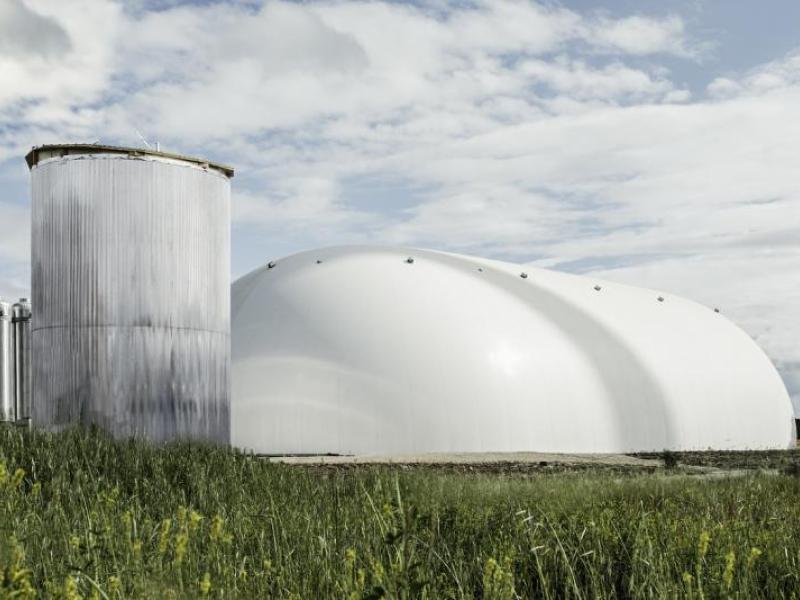De-risking CO2 storage
Seismic imaging stands out with its ability to attain high resolution, area-wide coverage, and high fidelity. An often-mentioned requirement for time-lapse monitoring of CO2 storage (or hydrocarbon production) is that the seismic acquisition should be repeated as accurately as possible, which is costly and time-intensive. However, there is an alternative. A synthetic data set based on a North Sea (Blunt) sandstone reservoir and a seal (Rot Halite) was created.
Using a rock physics model, the reservoir porosity and permeability were calculated based on the velocity and density. As a result of the injection pressure, fractures in the seal were created, leading to two model sets: with leakage and without leakage. Shot gathers and time-lapse sections were generated for the two different sets of models. The usual method for evaluating the effectiveness of time-lapse seismic is by calculating the Normalised-Mean-Root-Square metric (NMRS). For the synthetic data the NRMS errors for the Joint and Separate inversions were 2.30% and 8.48%, respectively, which shows that joint inversion is to be preferred.
Also the spread for the joint inversion is much lower. Then a highly sensitive Deep Neural Classifier (Vision Transformer, ViT) was trained to classify seismic into leakage and no leakage (regular). The trained network was applied to classification of 206 unseen test instances, with the following results: Predictions TP=True Positive FP=False Positive TN=True negative FN=False Negative Precision=TP/(TP+FP )= 91.8% Recall=TP/(TP+FN) ==43.2% F1=TP/(TP+½(FN+FP)) =58.8% Conclusion: Using Deep Neural Networks yields a significant improvement in NMRS values, without requiring replication of the baseline survey.
While the classification results are excellent, there are still False Negatives (FN). This might be acceptable as the decision to stop injection of CO2 should also be based on other information, such as pressure drop at the well head. For more detail see “Geophysical curiosities” on my website www.breakawaylearning.nl. Ref: Ziyi Yin, Huseyin Tuna Erdinc, Abhinav Prakash Gahlot, Mathias Louboutin, Felix J. Herrmann, arXiv:2211.03527v1
